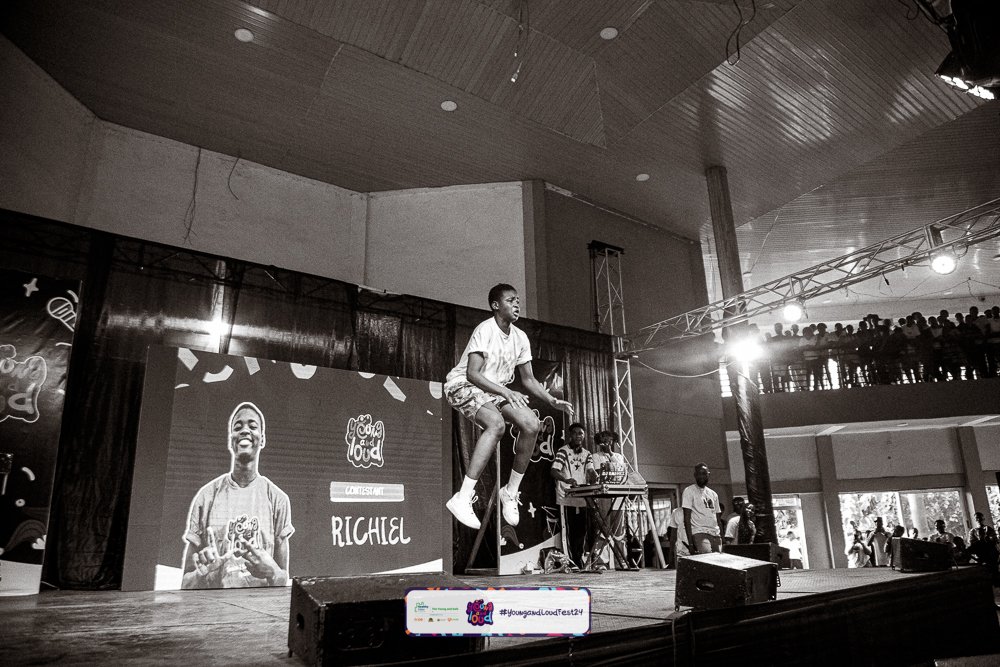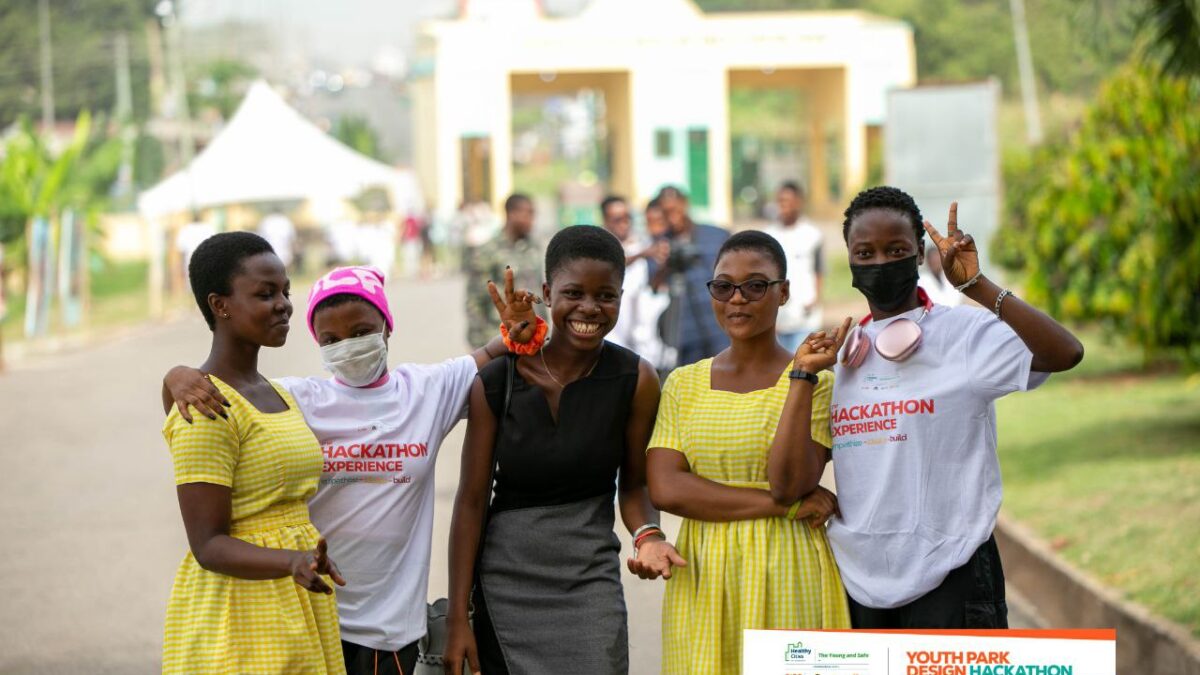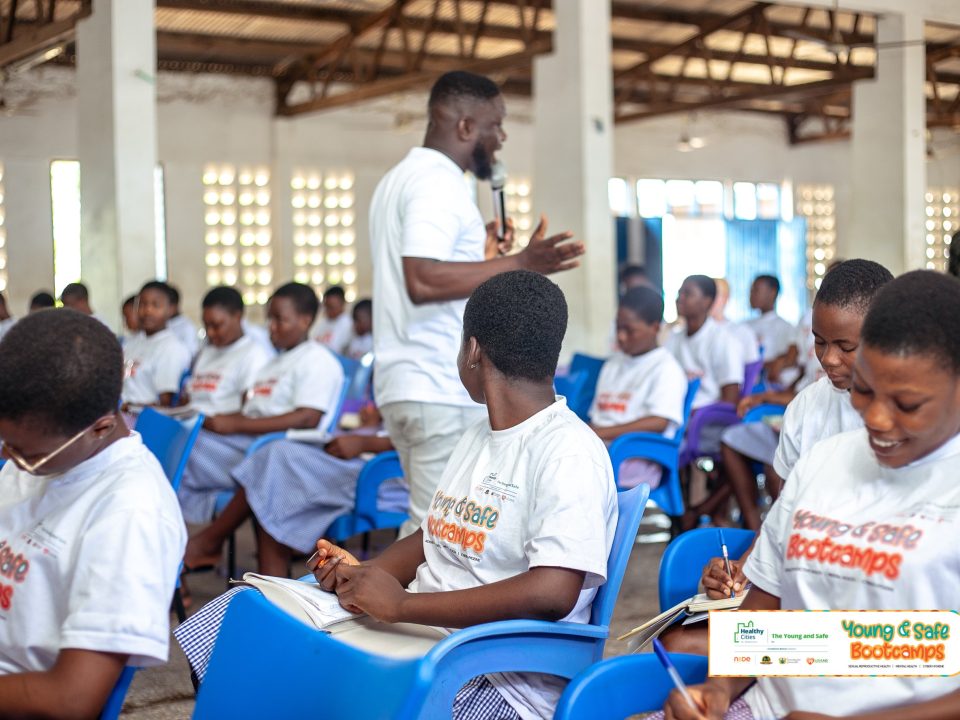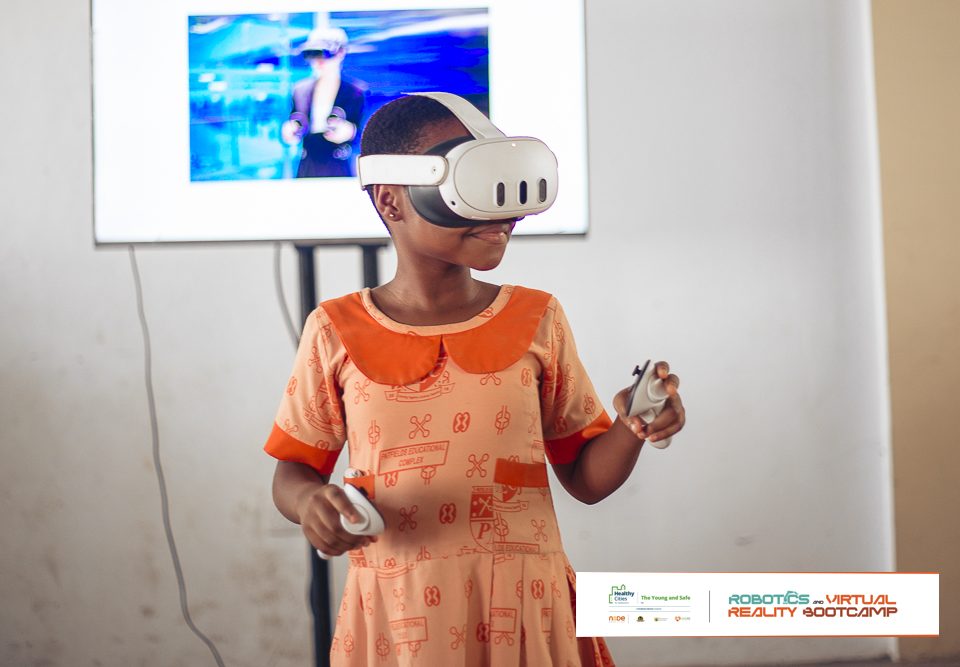
Last Friday Hangout: Ghana Month Edition – A Night of Culture and Connection
March 29, 2025
What Makes a City Youth-Friendly – and Why Every City Needs to Be One
May 8, 2025Cities are meant to be spaces of opportunity but for many young people in Ghana and across Africa, they are sites of exclusion. In cities like Accra, Kumasi, Ho and Tamale, youth make up over 60% of the population (GSS 2021), yet their voices are barely present in governance, planning, or budgeting processes. City development plans often overlook basic youth needs—safe recreation spaces, mental health services in schools, accessible transportation, or opportunities for civic expression and employment.
Take a look around: how many public parks do we still have in our cities designed with young people play in mind? How many city(municipal) budget consultations have young people in attendance? How many community health centres have services tailored for young people’s reproductive or mental health needs?
The 2023 Ho Youth Wellbeing Index surveyed over 200 young people. Only 12% said they had participated in any city governance activity that year. Just 15% of local leaders were under the age of 40, and only 22% of respondents had used a public park. As one student leader put it: “We only hear from city leaders during elections. The rest of the time, we are invisible.”
It’s clear: our cities are growing, but not with young people in mind.
That’s why we’re launching the Rethinking Our Cities for Young People blog series.
This four-part series invites city leaders, policymakers, civil society actors, and everyday citizens to ask: What would it take to make a city truly youth friendly? We go beyond slogans and dig into what a youth-friendly city really looks like, and what needs to change to get us there.
Here’s a preview of what’s coming:
1. What is a Youth-Friendly City, and Why Should We Care?
In the first blog, we define what a youth-friendly city is and explain why this concept matters now more than ever. We’ll explore how cities like Toronto and Amsterdam have put young people at the centre of urban policy, from youth equity strategies to inclusive recreation spaces and targeted funding. We’ll show why investing in young people is not just the right thing to do—it’s the smart thing to do for cities that want to thrive.
2. What Should Be on a Mayor’s Dashboard to Track Youth Friendliness?
In the second blog, we make the case for data that drives action. What should a mayor measure to know if their city is truly serving its young population? We offer a practical set of KPIs—from school-to-work transitions to access to youth services, safety of public spaces, and participation in civic life that can help leaders make informed, youth-driven decisions.
3. The Systemic Shifts Cities Must Make to Work for Young People
Cities are not youth-unfriendly by accident. They are shaped by structures, processes, and mindsets that often exclude or ignore young people. This third blog explores those systems—like top-down planning, rigid educational bureaucracies, or adult-only policymaking spaces—and lays out what needs to shift for true transformation to happen.
4. What the Young and Safe Project is Doing in Ho to Change the System
We end the series with a hopeful look at what’s possible. The Young and Safe project in Ho is working with young people, schools, and city authorities to change how systems function. From building safe spaces and empowering school leaders to influencing city governance, this project shows what it looks like when young people lead, and systems respond.
Each blog is clear, practical, and written to spark conversation and change. If you care about the future of your city, this series is for you.
Let’s reimagine our cities—not just for young people, but with them.




